
| Recorded by: Jim Petranka, Mark Basinger and Becky Elkin on 2025-06-29
Richmond Co.
Comment: | 
| Recorded by: Jeff Niznik, David George, Larry Chen, Sarah Toner, Joye Zhou on 2025-06-20
Richmond Co.
Comment: |
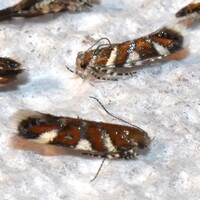
| Recorded by: David George, Jeff Niznik on 2025-05-24
Richmond Co.
Comment: | 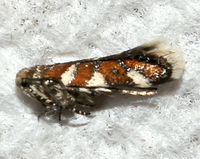
| Recorded by: David George, Jeff Niznik on 2025-05-24
Richmond Co.
Comment: |
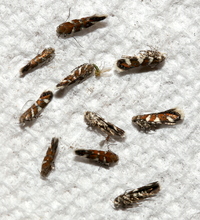
| Recorded by: David George, Jeff Niznik on 2025-05-24
Richmond Co.
Comment: | 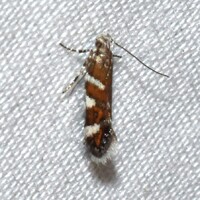
| Recorded by: David George, Jeff Niznik, Jim Petranka on 2025-05-24
Richmond Co.
Comment: |

| Recorded by: Jeff Niznik, David George, Brian Bockhahn, Jim Petranka, Becky Elkin, John Petranka on 2025-05-09
Cumberland Co.
Comment: | 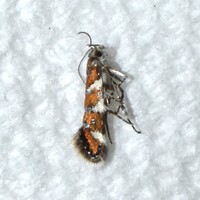
| Recorded by: Jeff Niznik, David George, Brian Bockhahn, Jim Petranka, Becky Elkin, John Petranka on 2025-05-09
Cumberland Co.
Comment: |
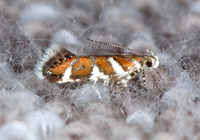
| Recorded by: Jim Petranka and Bo Sullivan on 2023-06-13
Scotland Co.
Comment: | 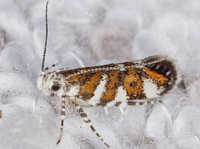
| Recorded by: John Petranka and Jim Petranka on 2023-05-19
Scotland Co.
Comment: |
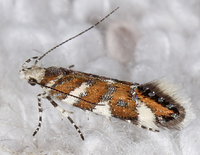
| Recorded by: John Petranka and Jim Petranka on 2023-05-19
Scotland Co.
Comment: | 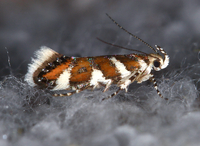
| Recorded by: John Petranka and Jim Petranka on 2023-05-19
Scotland Co.
Comment: |

| Recorded by: Bo Sullivan on 2022-05-30
Moore Co.
Comment: | 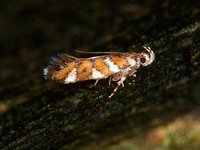
| Recorded by: Jim Petranka, Bo Sullivan and Steve Hall on 2021-07-07
Moore Co.
Comment: |
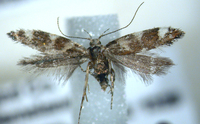
| Recorded by: Bo Sullivan on 2021-07-07
Scotland Co.
Comment: |

 »
»




 »
»


